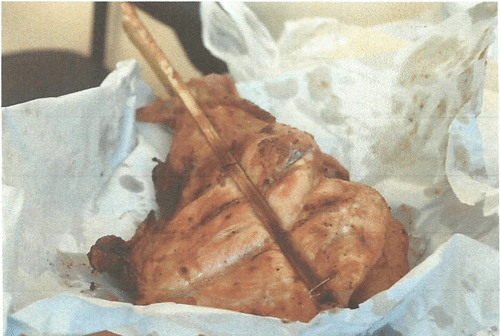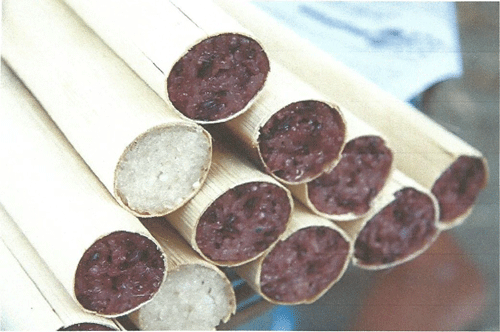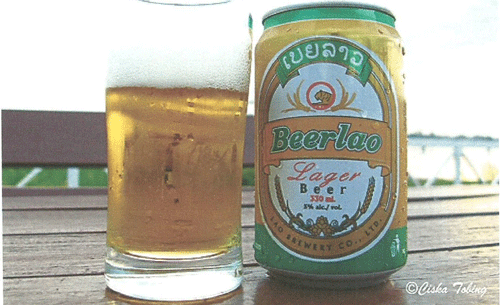Eventually to be introduced to half-million visitors to Namyangju Slow Life Expo in October
Today’s ration of the representative delicacies of the world is those of the Lao People’s Republic, which have some similarities with traditional Korean foods and yet much exotic features that look attractive and should taste the same. Enjoy them!
P.S.: How about your country?
Please the eyes and palates of over 200 different countries of the world diplomatically represented in Korea with your tasteful traditional foods and beverage by sending them to The Korea Post.
Eventually, the representatives foods of the different countries will be introduced to the half-million visitors to the Namyangju Slow Life Expo slated in October this year after initial introduction by the five media units of The Korea Post Media.
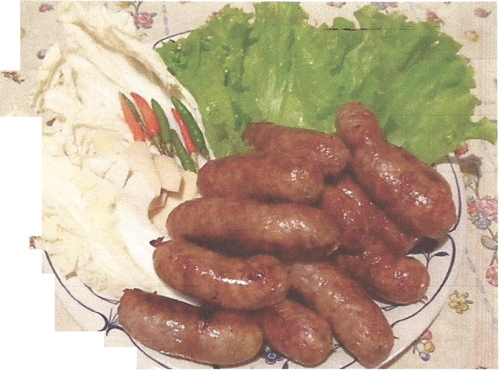
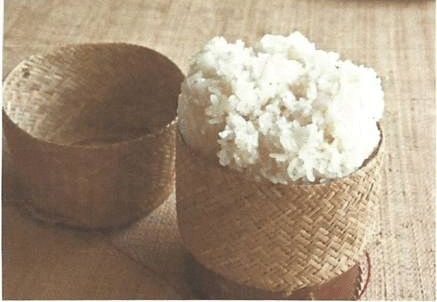

Pho is a noodle soup famous noodle can be found eve이where in Laos.
Featuring thin slices of beef, pork, or chicken, tripe, meatballs and sometimes innards (heart, liver, tongue, etc.) with your choice of noodle (e.g. flat or thin rice noodle). Add a handful of greens and a pinch of chili, for the original Lao style.
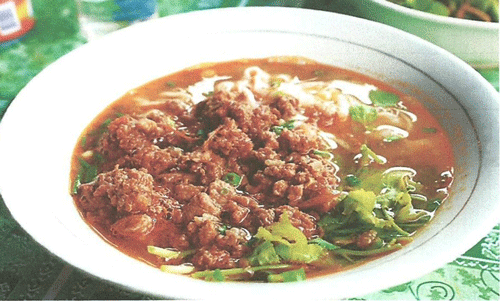
Sauce of ground pork and tomato layered on top pork broth. The soup is a fairly simple pork broth with medium wide rice noodles. The highlight is the pork tomato sauce that's poured on top of the bowl. And it’s accompanied by fresh wate「cress leaves to balance the heaviness of the pork sauce.
The watercress is commonly found Luang Prabang’s highland cool wet climates. Though some watercress can be found in Vientiane, not much is available and the leaves are not as vibrant as the ones found in Luang Prabang.
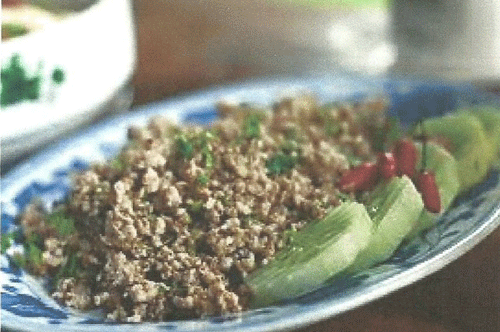
crushed. Laap is eaten with a plate of raw vegetables and sticky rice.
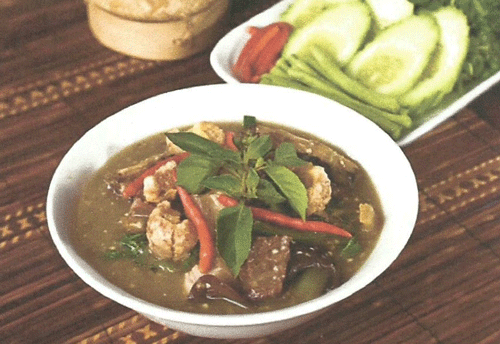
Original to Luang Prabang, this tasty stew comprises mainly vegetables. Beans, eggplant, lemongrass, basil, chilies, wood ear mushrooms, cilantro, green onion and locally grown vine called ‘kaan' go into the dish, with optional meat (디basically prepared water buffalo meat).
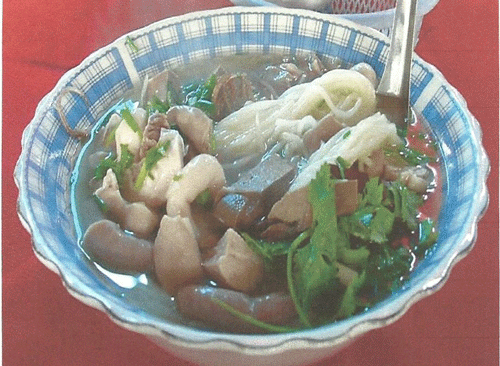
This soup uses all the pork innards. Along with the variety of pork parts, it’s also accompanied by a garden variety of vegetables such as thinly sliced bamboo shoots, banana flower, cabbage, and green papaya.

A pop비a「snack, Kaipen is made of freshwater green algae, peppered with sesame seeds and sundried into paper-thin sheets. These raw Kaipen are st1 red away in rolls. For consumption, the Kaipen sheets are flash-fried in a pan and usually served with jaew bong (chilli paste).

